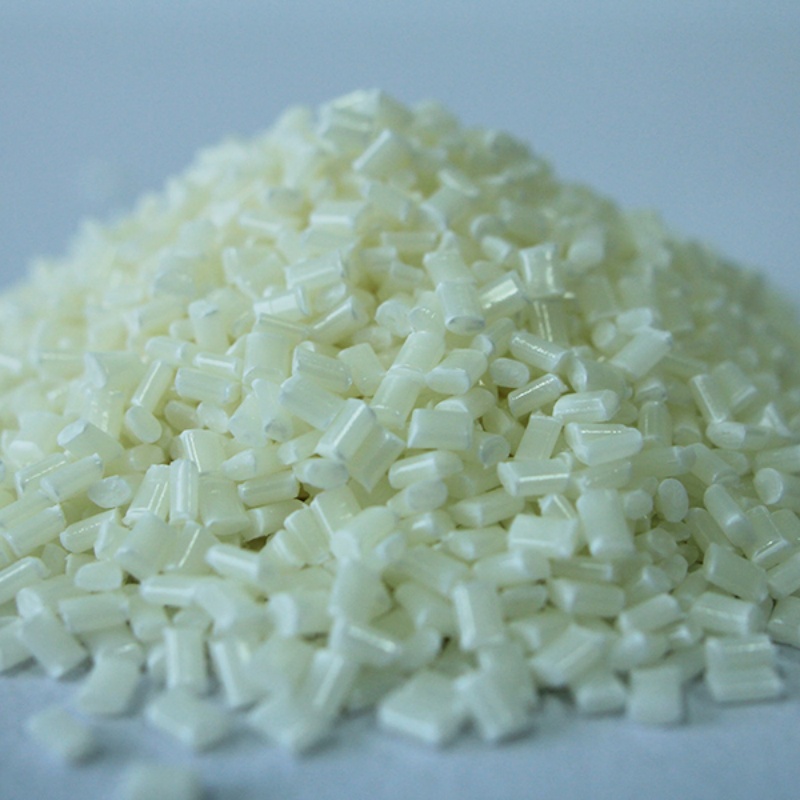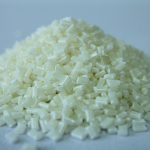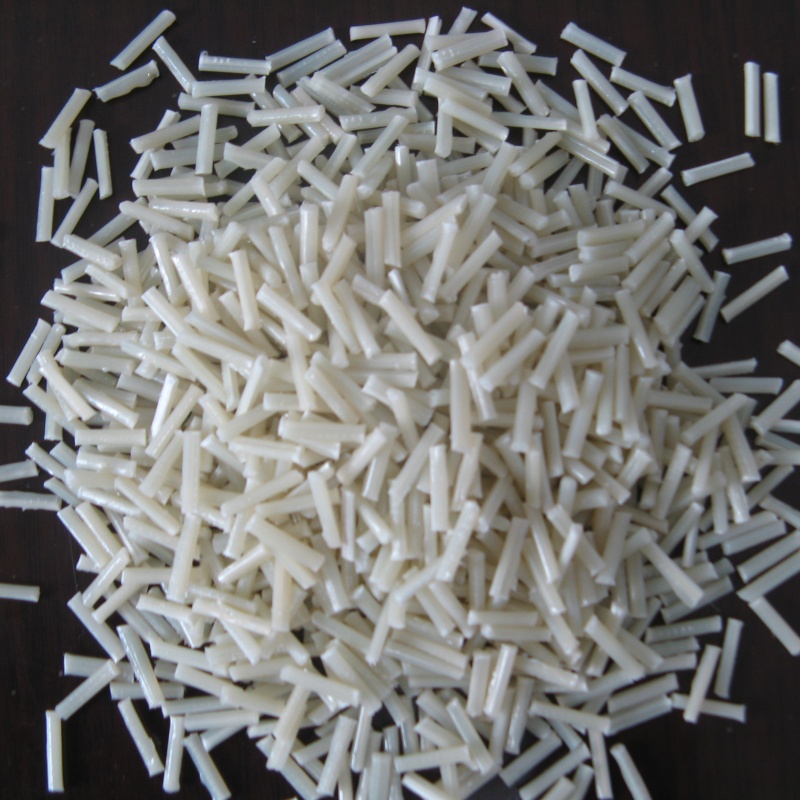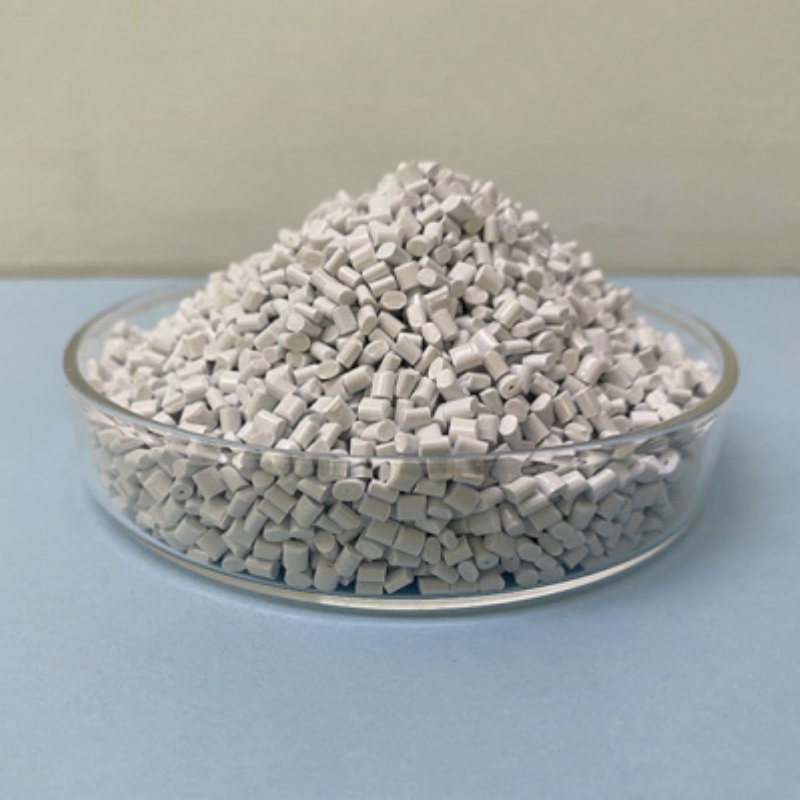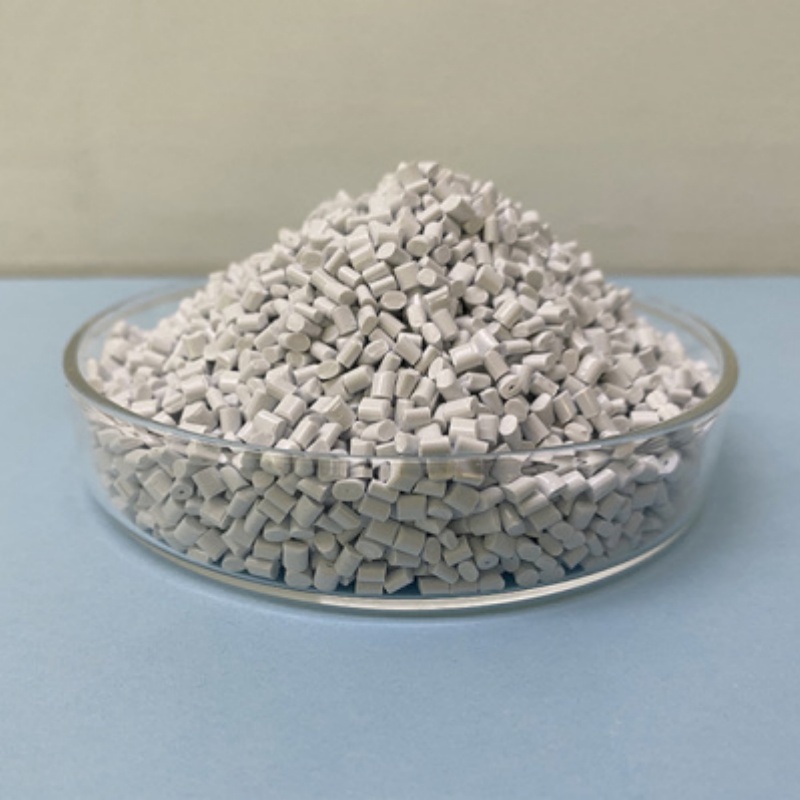PC/ABS Composite Material combines the toughness of polycarbonate with the processability of ABS, offering excellent impact resistance, superior thermal stability, and enhanced dimensional accuracy. Ideal for automotive, electrical, and industrial applications requiring durability and reliability.
Product Overview
PC/ABS composite material combines the high strength and impact resistance of Polycarbonate (PC) with the excellent formability and heat resistance of Acrylonitrile-Butadiene-Styrene (ABS). This material offers outstanding overall performance, making it ideal for automotive and industrial components that require strong mechanical properties and high-temperature stability.
Key Features
- Excellent Mechanical Performance: Combining the advantages of PC and ABS, this material exhibits outstanding impact resistance and tensile strength, making it suitable for high-load and high-impact environments.
- Good Heat Resistance: Maintains strong physical properties even at higher temperatures, making it ideal for use in automotive and other high-temperature environments.
- Superior Formability: Easy to process and mold, making it suitable for manufacturing complex shapes.
- Chemical Resistance and Aging Resistance: Offers good resistance to most chemicals, UV rays, and aging, ensuring long-term durability and stability.
Applications
- Automotive Auxiliary Instrument Panels: Used in the manufacturing of auxiliary instrument panels in automotive interiors, providing excellent strength and aesthetic appeal.
- Automotive Spoiler Supports: Due to its high strength and good heat resistance, it is ideal for manufacturing automotive spoiler support components, ensuring stability and safety.
- Interior and Exterior Rearview Mirrors: Provides excellent impact resistance and durability for interior and exterior rearview mirror components, ensuring driving safety.
- Sun Visors: Used in the production of automotive sun visors, offering a balance of strength, heat resistance, and aesthetic requirements.
- Exterior Handles: Used as the material for automotive exterior handles, offering excellent weather resistance, impact resistance, and a comfortable touch.
| Test Properties | Unit | Test Method | Test Condition | Typical Value |
| Physical Properties | ||||
| Density | g/cm³ | ISO 1183 | 1.12 | |
| Filler Content | % | ISO 1172 | - | |
| Mold Shrinkage | % | ISO 294 | Parallel: 0.51, Vertical: 0.52 | |
| Mechanical Properties | ||||
| Tensile Strength | MPa | ISO 527 | Type I sample, 50mm/min | 53 |
| Elongation at Break | % | ISO 527 | Type I sample, 50mm/min, Gauge length 50mm | >50 |
| Flexural Strength | MPa | ISO 178 | 23℃, 10mm/min | 76 |
| Flexural Modulus | MPa | ISO 178 | 23℃, 10mm/min | 2200 |
| Izod Impact Strength (Notched) | KJ/m² | ISO 180 | 23℃ | 45 |
| Charpy Impact Strength (Unnotched) | KJ/m² | ISO 179 | 23℃ | NB |
| Thermal Properties | ||||
| Melting Point | ℃ | ISO 11357-1 | - | |
| Heat Deflection Temperature (HDT) | ℃ | ISO 75 | 0.45MPa: 120, 1.8MPa: 110 | |
| Flammability | ||||
| UL Flammability Class | UL-94 HB | |||
| Electrical Properties | ||||
| Surface Resistivity | Ω | IEC60093 | 1000000000000000 | |
| Volume Resistivity | Ω·cm | IEC60093 | 1000000000000000 |
 new material
new material

